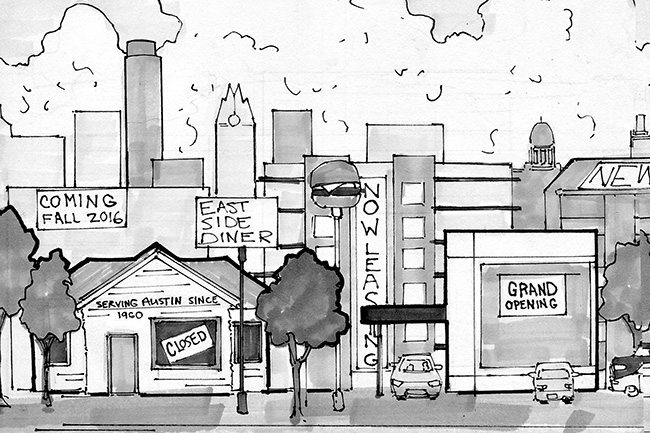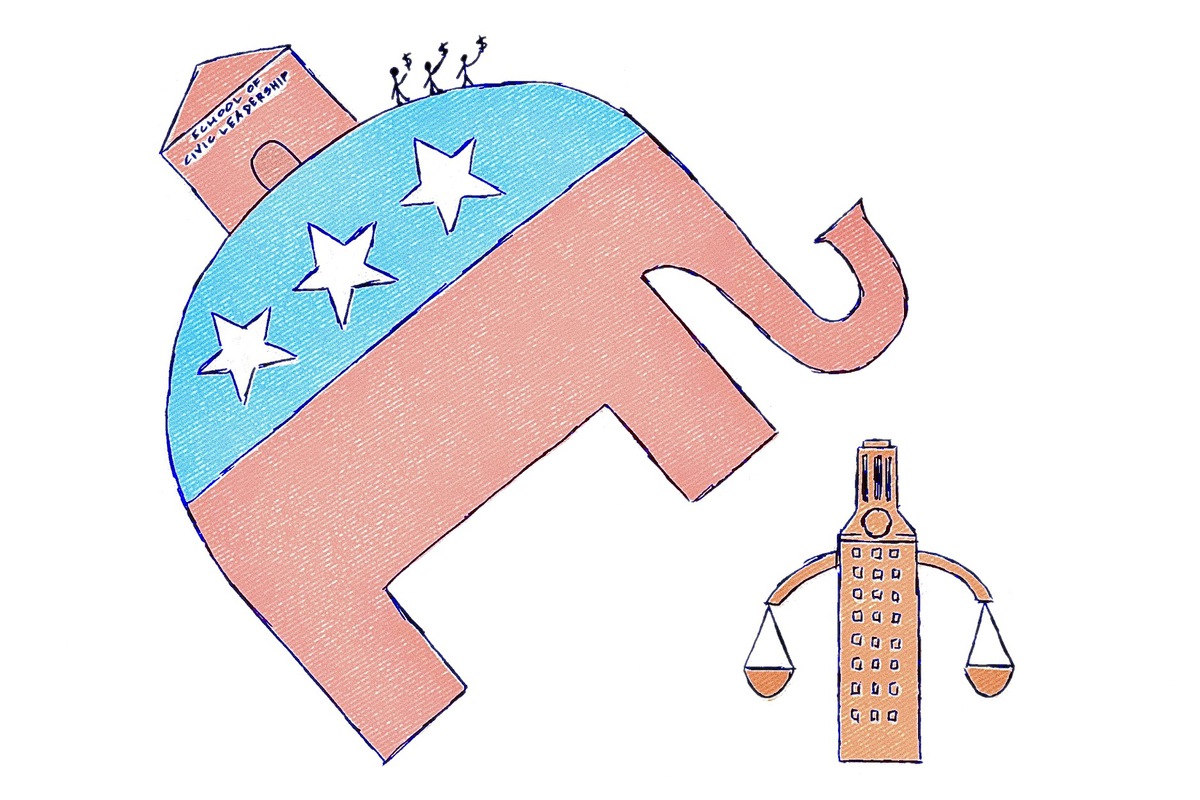The Keep Austin Weird sentiment needs to expand to combat harmful gentrification. The movement aims to support local businesses and keep Austin unique. The problem is that Austin has always been heavily segregated, and gentrification is spreading rapidly in areas that minorities have been pushed aside to.
The Austin Independent Business Alliance uses the slogan and supports certain local businesses. The description of this grassroots organization describes a community effort to invest “in Austinites and the city we love.” On their website, they also link to colorful profiles for each “independent” district they are affiliated with. These are all far away from the areas in Austin most affected by segregation.
In 1917, a Supreme Court attempted to end segregation in cities, so “Austin and cities across the South started developing new policies to isolate minorities.” What we have today is minorities disproportionately living east of I-35.
Because of Austin’s segregation, minority cultures are being used by those who are thriving. One group being affected is Latinos. Cecilia Balli wrote in a Texas Monthly column that “Austin prides itself on its cultural liberalism and sophistication, but given the invisibility of Latinos, it irked me that the city was obsessed with Latin American culture. Austin’s fixation with tacos and migas and queso (“kay-so”) seemed to me a way for locals to fetishize a world most of them didn’t regularly engage with.”
Additionally, Austin’s black population is declining while the non-black Latino and Asian population grows. The black population in Austin has steadily declined in the past few decades from a peak of 15 percent to a projected 5 percent in the near future. Ultimately, while Keep Austin Weird is effective for some, others are suffering its effects.
Students are at risk of being specifically affected by the shifts occurring. Brandelyn Franks Flunder, director of the Multicultural Engagement Center, explained that areas like Riverside and Cameron Road are at risk of gentrification now that luxury apartments are being built where housing is cheap for students. She expressed concerns on transportation and how that can affect students’ involvement in extracurricular activities and even getting to class on time.
“I definitely think it’s going to impact [students] both educationally and with their involvement,” Flunder said. “And both of those are what get them through college and to that degree.”
History senior Carlile Fox expressed similar concerns regarding these shifts in the city.
“With prices going up and transportation, you have to work really hard and it should just be simple stuff,” he said.
Upholding a certain aesthetic is not worth throwing away money instead of fixing inequality. If the Keep Austin Weird sentiment could spread to other similar issues, lives will improve. In order to benefit all of the city’s residents, the Keep Austin Weird mentality needs to include more than hipster ideals.
Pizarro is an English sophomore from El Paso.





















